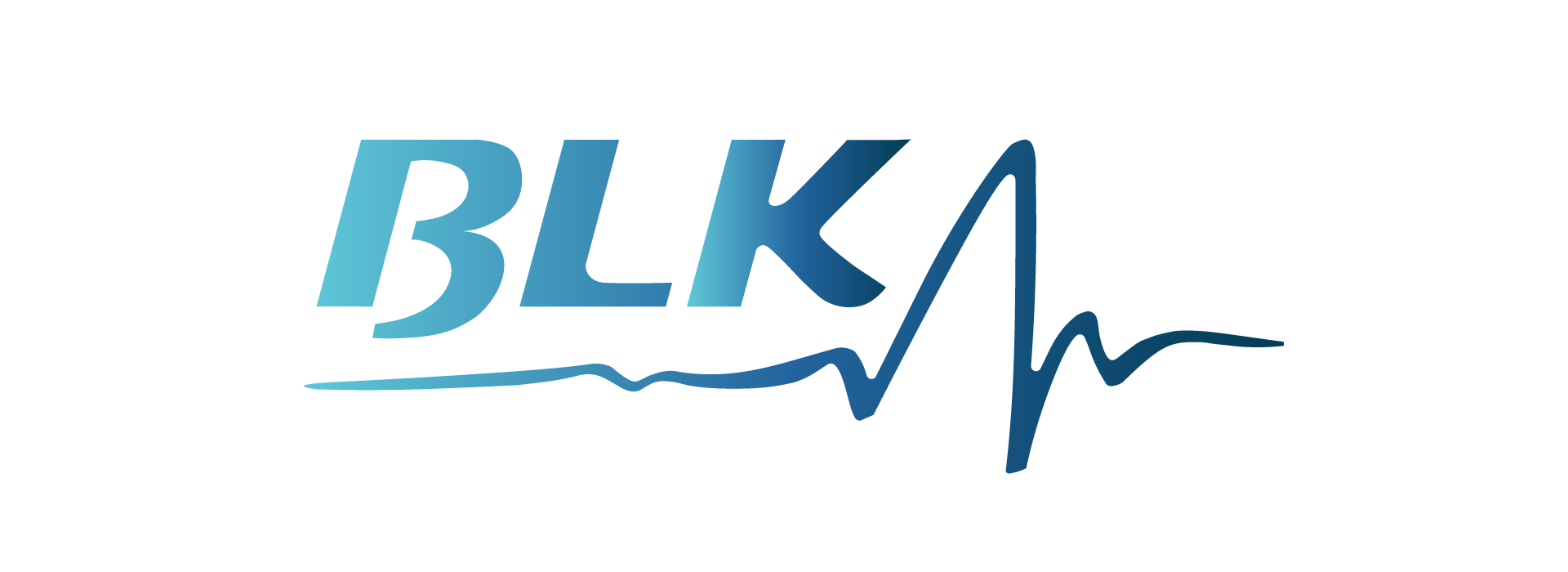Dealing with anxiety can be a daunting task. Whether it’s the constant worry of a generalized anxiety disorder (GAD) or the acute panic of a panic disorder, anxiety can significantly impact one’s daily life. Understanding and managing anxiety is crucial for maintaining mental health and overall well-being.
Types of Anxiety Disorders
Anxiety manifests in various forms, each with unique characteristics.
Generalized Anxiety Disorder (GAD): People with GAD experience chronic anxiety, exaggerated worry, and tension, even when there is little or nothing to provoke it.
Panic Disorder: This disorder involves sudden, intense episodes of fear or terror that develop rapidly, known as panic attacks.
Social Anxiety Disorder: Characterized by an intense fear of social situations, leading to avoidance and significant distress.
Specific Phobias: These are intense, irrational fears of specific objects or situations, such as heights, spiders, or flying.
Common Symptoms of Anxiety
Anxiety affects individuals differently, but common symptoms include:
Physical Symptoms:
- Increased heart rate
- Sweating
- Trembling
- Shortness of breath
Emotional Symptoms:
- Feelings of dread or apprehension
- Restlessness
- Irritability
Behavioral Symptoms:
- Avoidance of anxiety-inducing situations
- Compulsive behaviors
- Difficulty concentrating
Techniques for Managing Anxiety
Managing anxiety often requires a multifaceted approach. Here are some effective techniques:
Cognitive-Behavioral Therapy (CBT):
How CBT Works: CBT helps individuals identify and change negative thought patterns and behaviors contributing to their anxiety.
Benefits of CBT: It’s a highly effective form of therapy that can provide long-term relief from anxiety symptoms.
Mindfulness and Meditation:
Practicing Mindfulness: Mindfulness involves staying present and fully engaging with the current moment, reducing anxiety by preventing overthinking.
Meditation Techniques: Meditation can help calm the mind and reduce stress. Techniques include deep breathing, guided imagery, and body scans.
Physical Exercise:
Types of Beneficial Exercises: Aerobic exercises like running, swimming, and cycling are particularly effective in reducing anxiety.
Exercise Routine for Anxiety: Regular physical activity can boost mood and improve overall mental health.
Lifestyle Changes:
Healthy Diet: A balanced diet rich in whole foods can positively impact anxiety levels.
Sleep Hygiene: Good sleep practices, such as maintaining a regular sleep schedule and creating a restful environment, are essential for managing anxiety.
Relaxation Techniques:
Deep Breathing Exercises: Deep breathing can help calm the nervous system and reduce anxiety symptoms.
Progressive Muscle Relaxation: This technique involves tensing and then slowly relaxing each muscle group, promoting physical relaxation.
Journaling and Expressive Writing:
How to Start Journaling: Start by setting aside time each day to write about your thoughts and feelings.
Benefits of Writing: Journaling can provide an emotional outlet and help process anxiety-inducing thoughts.
Seeking Professional Help
Recognizing when to seek professional help is crucial.
When to Seek Therapy: If anxiety significantly impacts daily life, seeking therapy can provide necessary support.
Types of Therapy Available: Options include CBT, dialectical behavior therapy (DBT), and exposure therapy.
Finding the Right Therapist: Consider factors such as therapist credentials, specialties, and compatibility.
Insurance Coverage for Anxiety Therapy
Understanding your insurance plan is essential for managing therapy costs.
Understanding Your Insurance Plan:
HMO vs. PPO Plans: HMO plans typically require referrals and offer limited provider choices, while PPO plans offer more flexibility.
Coverage for Mental Health Services:
What is Typically Covered: Most plans cover a range of mental health services, including therapy sessions.
Out-of-Pocket Costs: Deductibles, copayments, and coinsurance can vary, impacting out-of-pocket costs.
Steps to Verify Coverage:
Contacting Your Insurance Provider: Reach out to your provider to understand coverage specifics.
Reading Your Policy: Review your insurance policy to identify covered services and potential limitations.
Navigating Insurance Claims for Therapy
Navigating insurance claims can be complex, but following these steps can help:
Filing a Claim: Submit necessary documentation to your insurance provider.
Dealing with Denials: If a claim is denied, understanding the reason and filing an appeal can be crucial.
Tips for Ensuring Coverage: Stay informed about your plan and keep thorough records of all interactions and paperwork.
Managing anxiety effectively often requires a combination of techniques, professional medical services, and understanding insurance coverage. By exploring various methods and being proactive about seeking support, individuals can significantly improve their mental health and quality of life.
FAQs
What are some self-help techniques for anxiety?
Self-help techniques include mindfulness, deep breathing exercises, journaling, and regular physical activity.
How does therapy help with anxiety?
Therapy helps by providing tools and strategies to manage symptoms, understand triggers, and change negative thought patterns.
Can exercise really help reduce anxiety?
Yes, regular physical activity has been shown to reduce anxiety symptoms and improve overall mental health.




